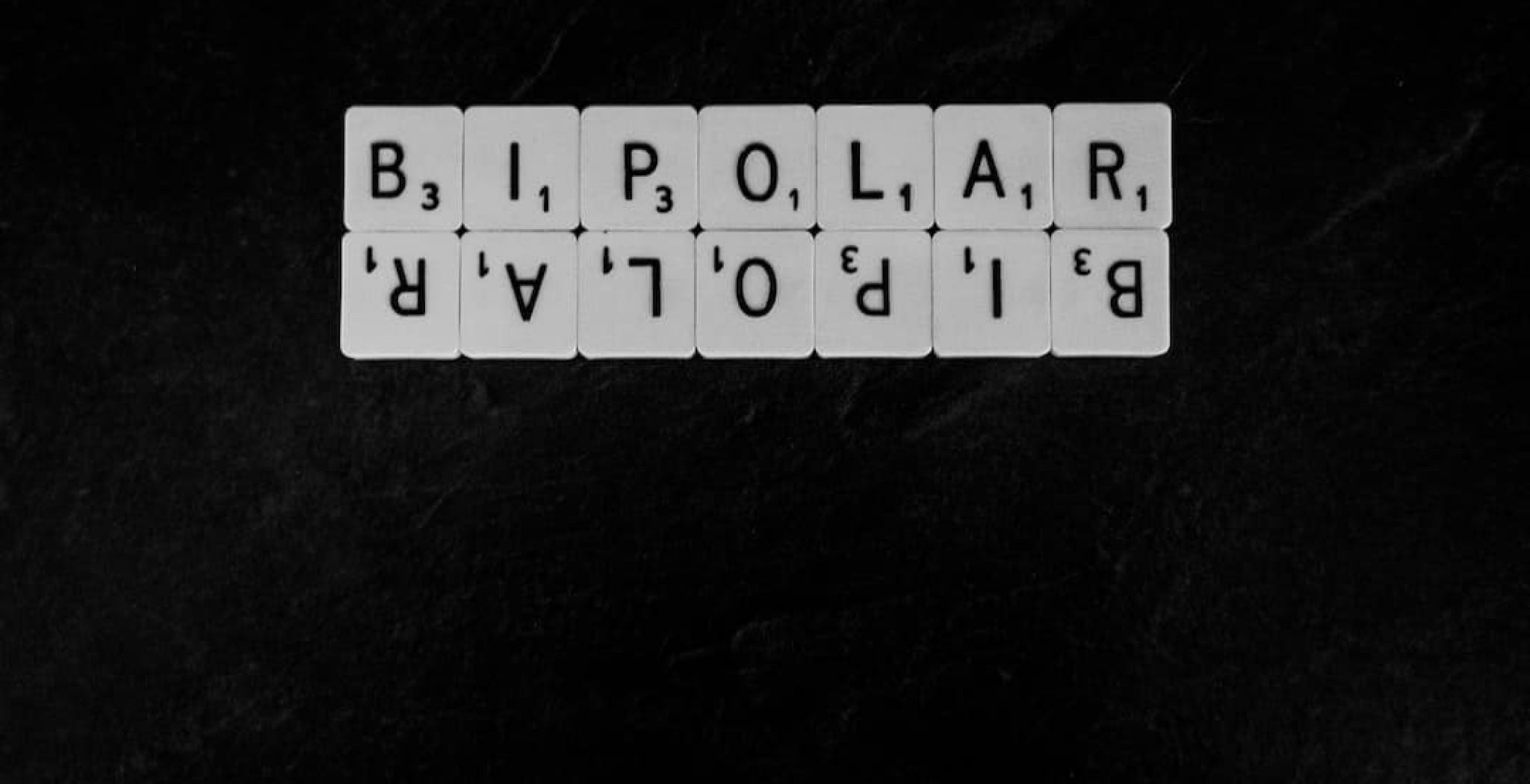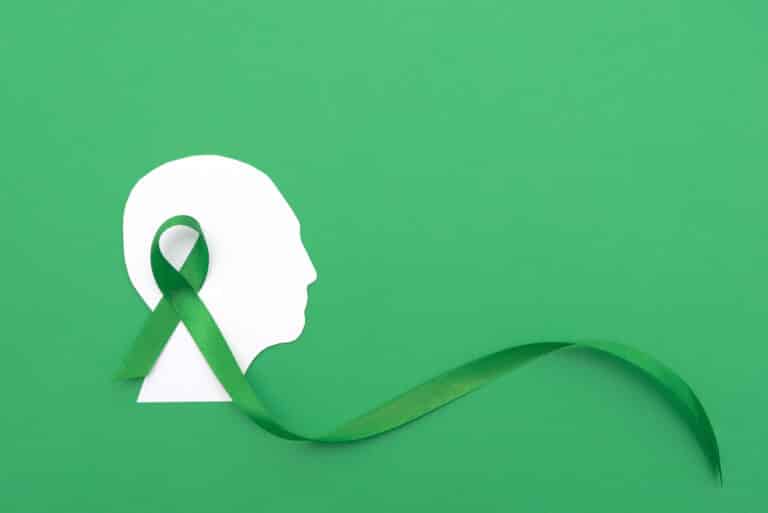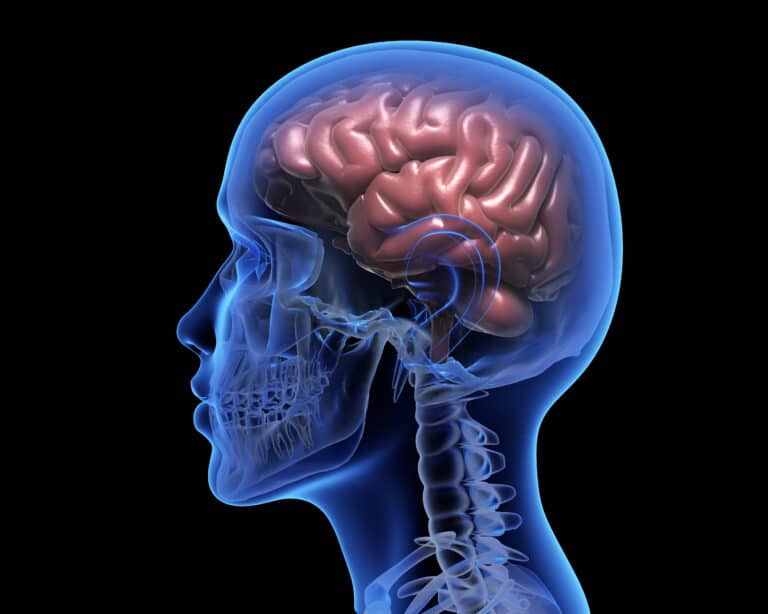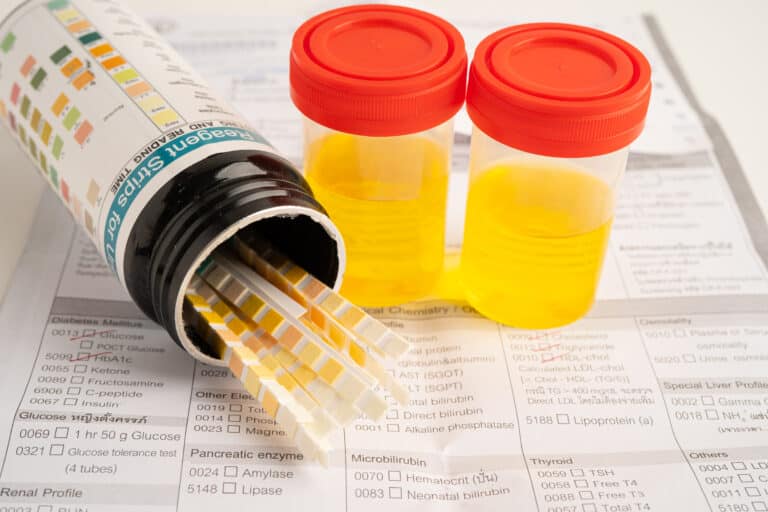Bipolar disorder is a type of mood disorder. You may have heard of bipolar disorder, but you may not know there are multiple types. The DSM-5 (Diagnostic and Statistical Manual of Mental Disorders, 5th edition) classifies bipolar disorder into three main subtypes:
- Bipolar I
- Bipolar II
- Cyclothymic Disorder
This categorization excludes a few other subtypes, including bipolar disorder resulting from substances, medication use, or other mental health conditions. It also excludes a few other less common subtypes. Awareness of the different types of bipolar disorder is important for understanding the nuances of your or a loved one’s mental illness.
Types of Mood Episodes
Although the three main types of bipolar disorder share many similarities, each has some key differentiating factors. These primarily consist of the presence or absence of specific mood episodes and the duration of symptoms. Before discussing the three main types of bipolar disorders, it may help to become aware of these different types of mood episodes:
Manic Episodes
A manic episode is a well-defined period of abnormally and persistently elevated or irritable mood swings. Increased energy or goal-directed activity is experienced for at least a week. This energy is present most of the day on almost every day of the episode.
To be considered a manic episode, three or more of the following signs or symptoms must also be present alongside this elevated mood and energy:
- Excessive self-esteem (for example, a belief that one can accomplish seemingly impossible tasks)
- Decreased need for sleep (Energetic despite little or no rest)
- Talkative or pressured speech
- Racing thoughts (thoughts come and go rapidly)
- Easily distracted
- Increased activity (goal-directed or purposeless)
- Excessive risky behavior (such as gambling or illegal activities)
Hypomanic Episodes
The same criteria used to diagnose manic symptoms are also used to diagnose a hypomanic episode. The duration and intensity of symptoms are the main differentiators between the two.
To diagnose a manic episode, symptoms must be present for seven or more days. Conversely, a hypomanic episode requires symptoms to be present for at least four consecutive days, but less than seven days in total. Once these symptoms persist beyond seven days, the episode changes from being considered a hypomanic episode to a manic episode.
Major Depressive Episodes
A major depressive episode requires the presence of five or more of the following bipolar symptoms during a two-week period. One of those five symptoms must either be a depressed mood or loss of pleasure in activities.
- Depressed mood changes
- Loss of pleasure in almost all activities
- Weight or appetite changes
- Sleep changes
- Psychomotor agitation or inhibition
- Fatigue
- Feelings of worthlessness or excessive guilt
- Difficulty concentrating
- Thoughts of death, suicidal ideation, or attempted suicide
Types of Bipolar Disorder
Once you are familiar with the types of mood episodes, it’s easier to understand how the three main subtypes of bipolar disorder differ in psychotic symptoms from one another:
Bipolar I
Type I is likely the classic example that comes to mind when you think of bipolar disorder. This is because manic episodes are a well-known aspect of this disorder. While bipolar I disorder can also have major depressive and hypomanic episodes, the differentiating factor that defines this diagnosis is the presence of a manic episode. Only bipolar disorder type I has manic episodes.
Bipolar II
The diagnosis of bipolar II disorder requires having had at least one hypomanic episode and one major depressive episode. As a result, bipolar II disorder can appear the same as bipolar I disorder, which can also have hypomanic and major depressive episodes. However, the key differentiating factor is the absence of an actual manic episode.
Cyclothymic Disorder
The third primary type of bipolar disorder is more challenging to differentiate from the first two. This is primarily due to the time required to make the diagnosis. Diagnosing cyclothymic disorder in adults requires two years of numerous episodes of hypomanic and major depressive symptoms. However, these bouts don’t fully meet the criteria of a hypomanic or major depressive episode.
During these two years, these hypomanic or depressive symptoms must be present more than half of the time. Therefore, short periods may exist during those two years when no symptoms are present. However, these asymptomatic periods do not last for longer than two months at a time.
The Causes of Bipolar Disorder
Global estimates suggest that bipolar disorder affects approximately 60 million people worldwide. Despite being one of the most common mental disorders along with anxiety disorder, there is still a great deal of misunderstanding surrounding specified bipolar disorder and its causes. In this blog post, we will attempt to provide a comprehensive overview of the current understanding of the causes of bipolar disorder.
Bipolar disorder is a mental illness that is characterized by extreme changes in mood. Individuals with bipolar disorder will often experience periods of mania or hypomania, during which they feel excessively happy or excited, followed by periods of depression, during which they may feel hopeless or overwhelmed, similar to depressive disorder. It is important to note that bipolar disorder is a spectrum condition, which means that the bipolar disorder symptoms and severity will vary from person to person.
There are several theories about what might cause bipolar disorder, but the exact cause is still unknown. However, research suggests that there are both genetic and environmental factors involved in the development of the condition along with hypomanic symptoms.
Genetics
It is estimated that genetics plays a role in approximately 80% of all cases of bipolar disorder. This means that if you have a family member with bipolar disorder, you are more likely to develop the condition yourself. Studies involving twins have shown that when one identical twin has bipolar disorder, the other twin has a 70-100% chance of also developing the condition.
However, it is important to keep in mind that even if you have a family member with bipolar disorder, this does not mean that you will definitely develop the condition yourself. There are many other factors involved in the development of bipolar disorder, and not everyone who has a family member with the condition will go on to develop it themselves.
Environmental Factors
While genetics plays a significant role in the development of bipolar disorder, environmental factors are also thought to be involved. stressful life events (such as loss of a loved one or job), physical illness/injury, substance abuse, and changes in sleep patterns have all been linked to an increased risk for developing bipolar disorder. It is believed that these environmental factors can interact with an individual’s genes to further increase their risk for developing the condition.
In conclusion, while the exact cause of bipolar disorder remains unknown, it is clear that both genetic and environmental factors play a role in its development. If you have any concerns about your mood or think you might be at risk for developing bipolar disorder, please speak to your doctor or mental health professional for further guidance.
Summary
You might not be aware that there is more than one type of bipolar disorder. Knowing the key differences between them can help you understand the nuances of your or a loved one’s condition:
- Bipolar I must have a history of manic episodes. Hypomanic and depressive episodes are possible.
- Bipolar II cannot have manic episodes. It must have hypomanic and major depressive episodes.
- Cyclothymic Disorder must have two years of hypomanic and depressive symptoms. These bouts of symptoms don’t quite meet the criteria to be considered a full hypomanic or depressive episode.
Bipolar disorder is a well-known mood disorder. However, you might not be aware that there are multiple types. The three main types of bipolar disorder include bipolar I, bipolar II, and cyclothymic disorder. Although they share a lot of overlapping symptoms, there are critical differences between them. At Southern California Sunrise Recovery Center, we know how complicated understanding the nuances of the different types of bipolar disorder can be. Thankfully, you don’t have to figure it out alone. If you or a loved one have symptoms suggestive of an underlying bipolar disorder, we want to talk to you. Call (949) 284-7325 to speak to a team member and find out more today.






